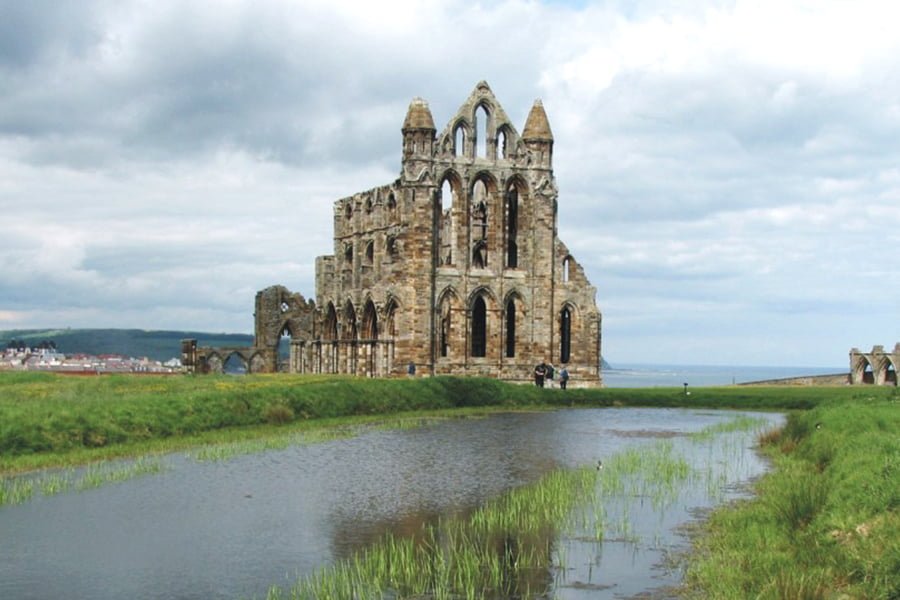
Built heritage is an important resource that underpins our relationship with our towns, cities and rural landscape. It is also vital to the economic and social success and regeneration of these areas.
Working with historic buildings requires specialist knowledge and experience and an understanding of planning and conservation issues. Recording historic buildings can inform property management, conservation and development, and promote an understanding and appreciation of the history and significance of a building and its setting.
A building record examines a structure’s physical form, fabric, and decorative features, identifying evidence for alterations. It relates these to phases of development, and highlights features which contribute to the building’s significance. It includes a desk-based assessment which draws upon archival map and documentary evidence to place the building into its local or national historic context.
Site surveys will include photography, measured or sketched drawings, written notes, and can also include photogrammetric surveys. Recording may also call upon external specialists such as conservators, art historians, and dendrochronology specialists. A summary report will outline the findings and conclusions of the work. Where relevant, it may make recommendations for further work or material sampling. In most cases, the final record will be deposited at the relevant County archive or museum.
TEP is a registered member of the Chartered Institute for Archaeologists and our work is undertaken to the highest standard in accordance with CIfA guidelines and relevant Historic England, Cadw and Historic Scotland guidance documents.
Our team has experience on a wide range of sites and building types including urban and industrial, military and infrastructure, rural and agricultural, as well as ecclesiastical and educational buildings. We work for the National Trust, National Grid, local authorities, housebuilders and architects.
For example Lenborough Barns near the village of Gawcott in Aylesbury Vale District, needed a Level 3 historic buildings record. The agricultural buildings dated back to the 18th Century. For the Local Planning Authority to grant planning permission for a sympathetic conversion, the building needed to be documented.
At a Garden Village on the outskirts of Ellesmere Port in Cheshire, TEP supported Redrow Homes in securing planning permission for a scheme, which contained a 1941 blister hangar that was used by the RAF in World War 2. The site needed a Level 2 historic building record to ensure this part of local history was documented prior to commencement of the new development.
If you would like any more information on Historic Building Surveys and applying for planning permission, please contact the heritage team who would be happy to discuss your project.








